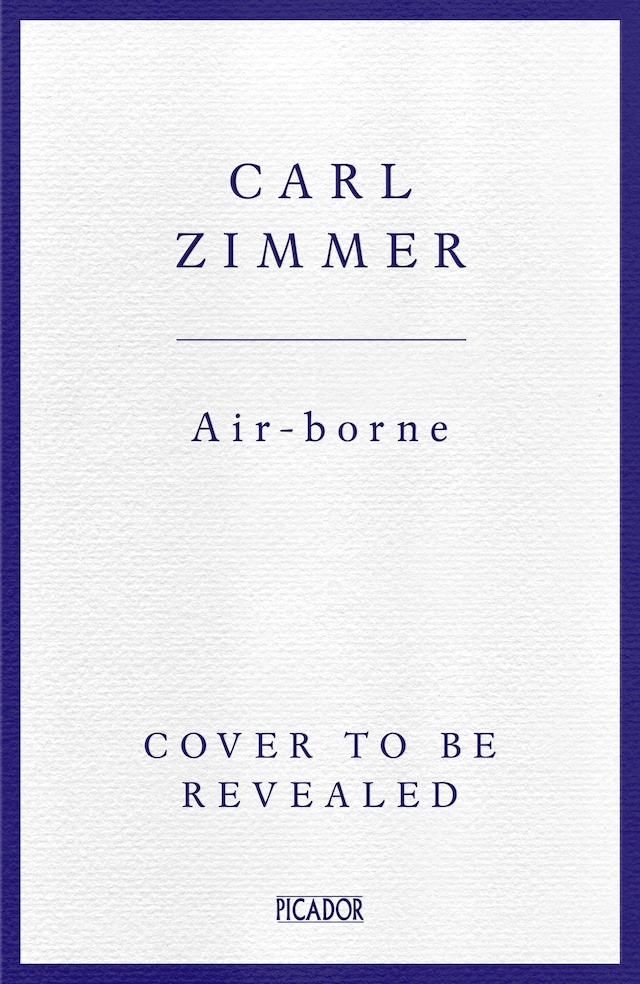
Air-Borne
The Hidden History of the Life We Breathe
Beskrivning av boken
A fascinating and original look at the transparent ocean of life in the air around us, tracing the history of its study and revealing what scientists are still learning about airborne life today.
Since the Ancient Greeks, the air has been thought of as a carrier of disease. What the Greeks called 'corruption', medieval Arab and European scholars would later term 'miasma'. But it wasn’t until the last century that microbes in the air, rather than the air itself, were identified as causes of disease.
In Air-borne, Carl Zimmer, Baillie Gifford-shortlisted author of She Has Her Mother’s Laugh and science columnist for The New York Times, traces the history and pre-history of the young science of aerobiology, from Antonie van Leeuwenhoek’s discovery of microbes under his hand-made microscopes in the seventeenth century, to Darwin’s revelation, while aboard the Beagle in the middle of the Atlantic, that this invisible life can soar across the planet.
Zimmer speaks to the modern-day aerobiologists who travel to the troposphere to get a clearer picture of life in the air, and to the NASA scientists who send balloons even higher, to search for life in the stratosphere. Weather satellites and supercomputers are revealing so-called highways in the sky that can deliver organisms hundreds or thousands of miles before dropping it back down to Earth, while the ability of microbes to endure in the upper reaches of the atmosphere has led a number of aerobiologists to consider a possibility that once would have sounded like pure science fiction: perhaps life is thriving in the atmospheres of other planets . . .
Through compelling narrative and thought-provoking analysis, Air-borne makes visible an invisible world – one teeming with marvels – and shines a light on the vital work being done to further understand the potentially deadly threats it harbours.
